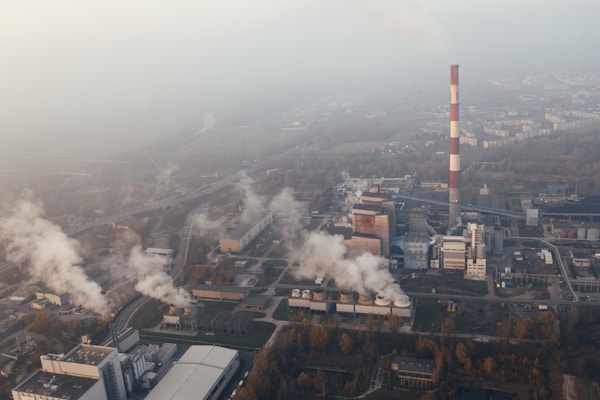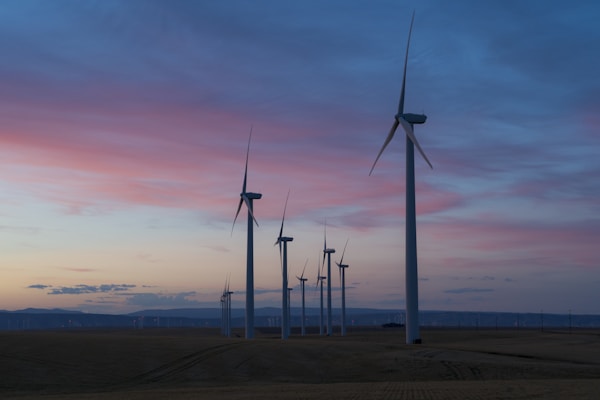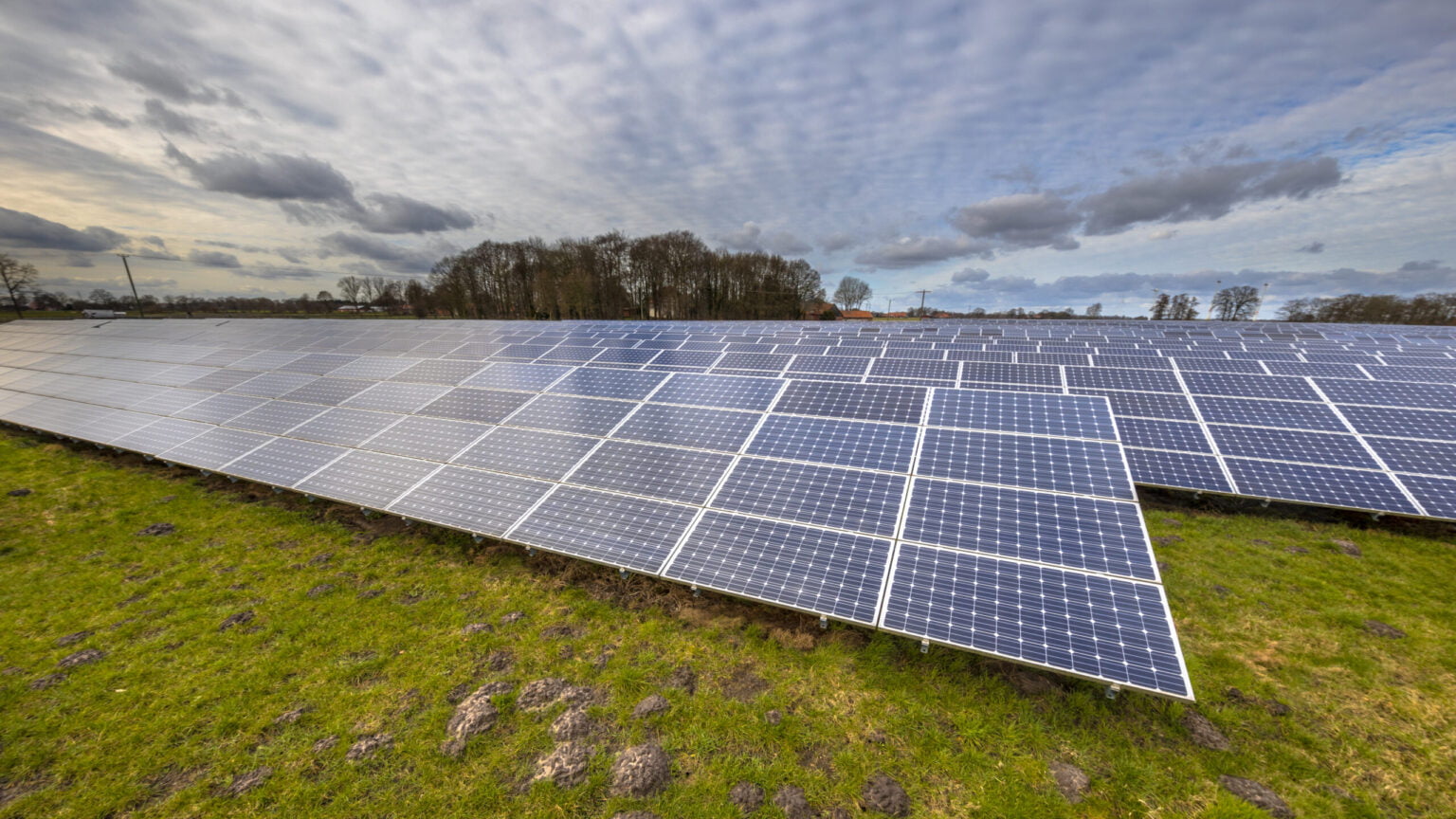Our modern world is constantly evolving, and so is our use and dependence on various energy sources. As we strive to create a sustainable future for our planet, it’s crucial to understand the different types of energy available to us and their respective advantages and disadvantages. In this article, we’ll explore the various sources of energy, from renewable options to non-renewable alternatives, and understand how these sources impact our environment, economy, and daily lives. Keep reading to learn about the different sources of energy and their uses.
Fossil Fuels

Fossil fuels, including coal, oil, and natural gas, have been the dominant source of energy throughout human history. They are formed from the remains of ancient plants and animals that lived millions of years ago and are extracted from the earth through mining and drilling. Fossil fuels are a powerful source of energy, generating large amounts of electricity when burned. One significant fossil fuel resource is diesel, and companies like a diesel fuel supplier in Alberta are essential for the transportation and industrial sectors.
However, fossil fuels are non-renewable, meaning they will eventually run out as we continue to consume them at an alarming rate. Additionally, burning fossil fuels releases harmful pollutants and greenhouse gases, like carbon dioxide, into the atmosphere. This contributes to air pollution and climate change, leading to negative consequences for the environment and public health. Thus, it’s crucial to seek alternative, more sustainable energy sources to reduce our dependence on fossil fuels.
Renewable Energy

Renewable energy comes from sources that are naturally replenished, such as the sun, wind, water, and the Earth’s heat. These sources are virtually limitless and can provide a range of environmental benefits, including reduced greenhouse gas emissions and decreased dependence on non-renewable resources. The most common types of renewable energy include solar, wind, hydroelectric, geothermal, and biomass.
Solar energy uses sunlight to generate electricity, while wind energy comes from wind turbines capturing wind power. Hydroelectric power is produced from the force of moving water, typically utilizing dams or run-of-river systems. Geothermal energy comes from the Earth’s heat, and biomass energy is generated from organic materials such as plants and animal waste.
While renewable energy sources offer many environmental benefits, they also present challenges, such as their intermittent nature and higher initial costs compared to non-renewable resources. However, as technology advances, these challenges are continually addressed, and renewable energy becomes a more viable option for large-scale power generation, diversifying global energy sources and reducing our dependence on fossil fuels.
Energy Efficiency and Conservation
While exploring and developing new sources of energy is essential, it’s equally important to maximize the efficient use of existing energy sources. Energy efficiency and conservation measures help reduce the overall demand for energy, resulting in decreased greenhouse gas emissions and lower energy costs.
Energy efficiency efforts focus on optimizing energy use in a variety of sectors, including building design, transportation, appliances, and industrial processes. Additionally, behavioral changes like turning off lights when leaving a room or turning off AC and heating services near Anderson, SC can help in using energy more efficiently, thus resulting in lower energy bills and reduced environmental impact.
Conservation measures, on the other hand, involve reducing energy consumption through increased awareness, education, and public policy initiatives. By prioritizing energy efficiency and conservation, we can achieve significant environmental benefits and create a more sustainable future.
Nuclear Power
Nuclear energy is another alternative to fossil fuels and is often considered a cleaner energy source due to its low emissions of greenhouse gases. It is generated from nuclear reactions, such as the splitting of atomic nuclei, which releases a large amount of heat energy. This heat is then converted into electricity through a process called nuclear fission.
Nuclear power plants produce a significant amount of energy with a relatively small amount of nuclear fuel. This makes nuclear power a reliable and efficient source of electricity, with the added benefit of reducing greenhouse gas emissions compared to fossil fuels. However, nuclear energy also presents challenges, including the handling and disposal of nuclear waste, the possibility of nuclear accidents, and the potential consequences associated with uranium mining and nuclear weapons proliferation.
Altogether, it is essential to recognize and understand the various sources of energy and their implications for our global environment. As we transition towards a more sustainable future, we must continue to explore diverse energy sources, invest in renewable alternatives, and prioritize energy efficiency and conservation measures. By doing so, we can collectively work towards minimizing our environmental impact and ensuring a stable and reliable energy supply for both current and future generations.











